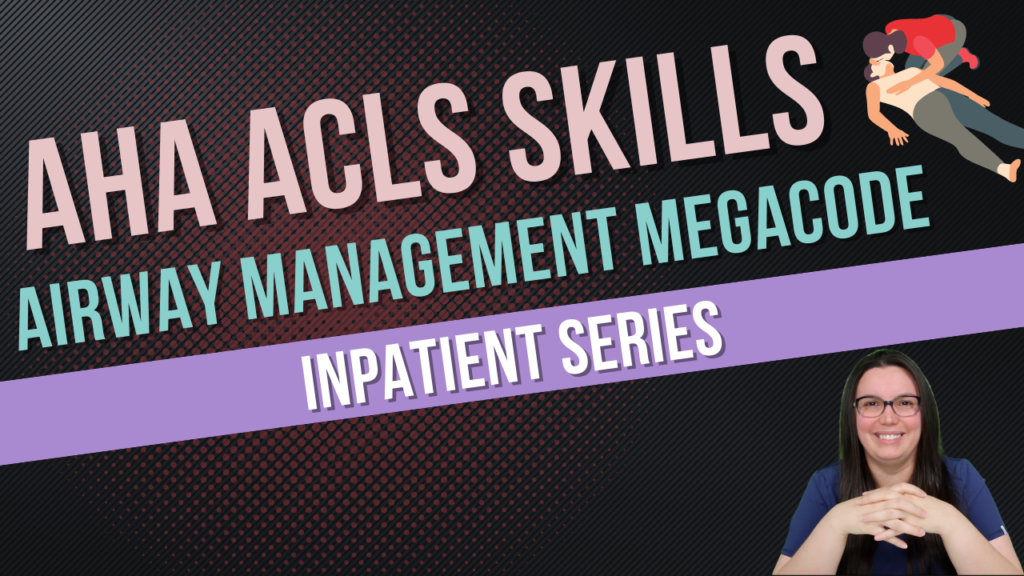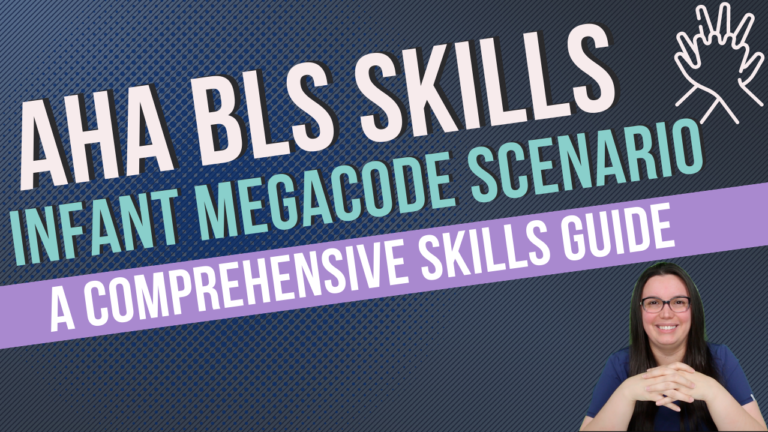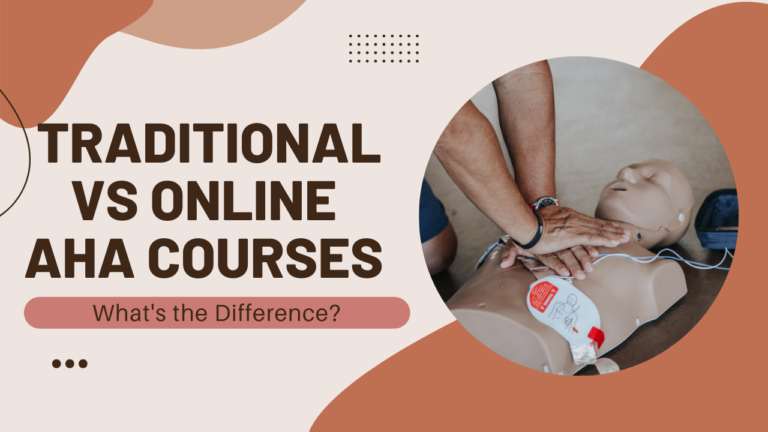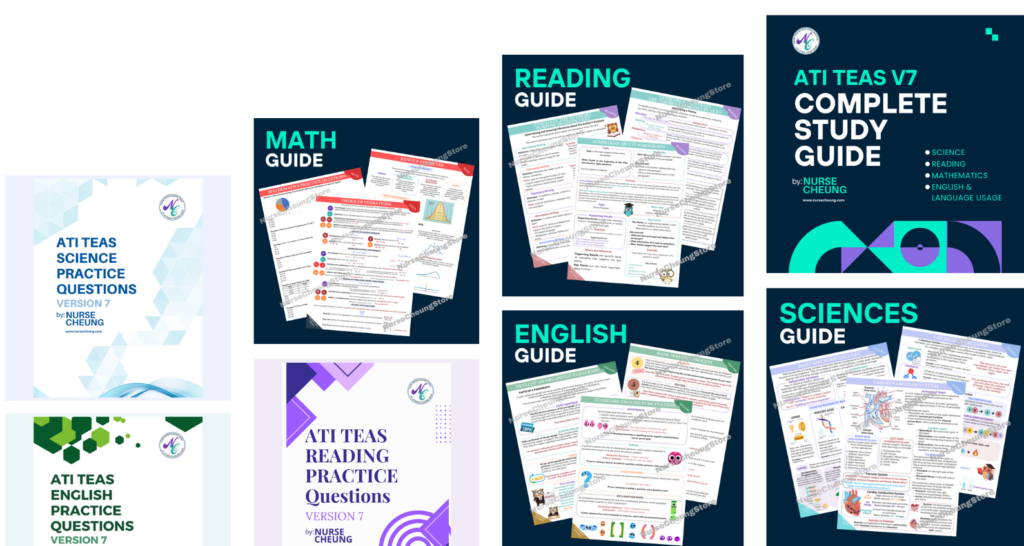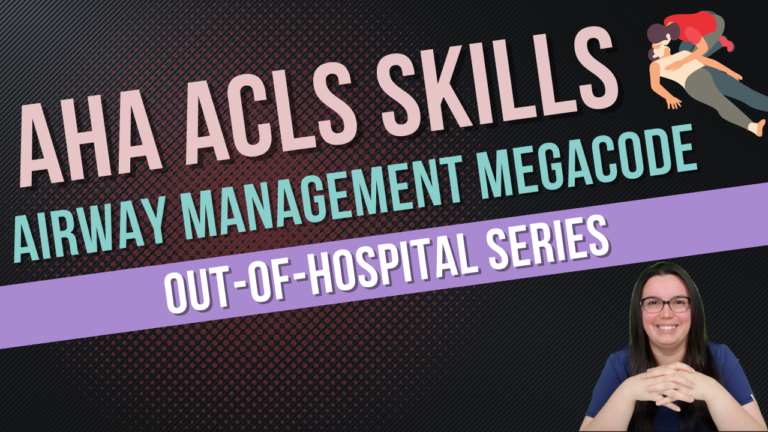The Airway Management section of the AHA Inpatient ACLS algorithm is one of the most important, and it can be difficult to know what to do when someone is choking or has another airway emergency.
We will provide you with a step-by-step guide on how to manage an airway emergency, as well as some tips for avoiding common mistakes.
In this blog post, we will discuss the best strategies for saving lives in the inpatient setting.
Adult Inpatient Respiratory Arrest Megacode Scenario
The following is a scenario in which you would use the inpatient adult respiratory arrest Megacode:
You are the healthcare provider taking care of a female patient with a history of diabetes in the intermediate care unit. The patient is noncompliant with medications for her asthma and heart failure and is well known by the cardiologist and pulmonologist. She has been intubated and sedated prior to coming to you.
Demonstrate what you would do next
Initial Impression
The woman is currently on CPAP at 10 as part of her heart failure treatment. She is becoming restless, short of breath, and trying to take the mask off.
Primary Assessment Survey (A, B, C, D, E)
Airway: There is a CPAP mask present. It is hard to determine if the woman’s airway is patent due to her restlessness and combativeness.
Breathing: Oxygen saturation is showing 80% with CPAP 100% oxygen. Respiratory rate is 28/min. The patient states “I can’t keep this up much longer.” Breath sounds are diminished bilaterally. Wheezing and crackles are noted upon auscultation.
Circulation: Blood pressure is 128/90, heart rate is 82/min, and the pulse is present but weak. Capillary refill is 3 seconds.
Disability: The woman is alert, oriented, and restless. She is attempting to remove the CPAP mask and eventually takes it off.
Exposure: Skin is cool to the touch.
Change in Condition
After assessment of the initial impression and primary assessment, the woman becomes unresponsive while attempting to place the mask back on and waiting for respiratory therapy/rapid response.
What are your next actions?
- Check responsiveness: Tap the shoulders and shout, “Are you okay?” The woman is unresponsive and doesn’t answer any stimuli.
- Activate the emergency response system. Shout for backup and announce what room you are in. It is perfectly acceptable to hit the code button for faster backup.
- Check for breathing: Look for visible chest rising and falling. No spontaneous breathing was present.
- Check for a pulse: Place your fingers on the inside of the patient’s neck, just below the angle of the jaw. You will palpate the carotid pulse for no more than 10 seconds. Pulse is present but weak.
What are your next actions?
- Pulse is present so we will not begin CPR starting with compressions.
- Start providing oxygenation via bag valve mask with oxygen while waiting for help to arrive. Perform bag-mask ventilation for 1 minute effectively at the proper rate (1 breath every 6 seconds), speed (over 1 second), and volume (about half a bag) until the ventilator arrives.
- Consider endotracheal re-intubation due to condition deterioration. After endotracheal intubation, the oxygen saturation is 99% with positive color changes on the CO2 Detector. Waveform capnography is the gold standard.
The woman is stable, restless, and oxygen saturation is within normal but falling slowly due to her biting on the tube. What are your next steps?
Secondary Survey (SAMPLE)
Signs and Symptoms: Signs and symptoms are improving; however, no spontaneous breathing is noted.
Allergies: Allergic to morphine and acetaminophen
Medications: Albuterol, Metformin, and digoxin
Past Medical History: Diabetes, asthma, and congestive heart failure
Last Meal, Liquid Consumed: Unknown when the last meal and liquid were consumed as she was transferred to your unit without a full report.
Events: No events were noted outside of what was discussed.
What are your text interventions?
- Albuterol
- Sedation for restlessness
- Arterial Blood Gases
- Maybe Fluid – Depends on the Heart Failure
- Waveform Capnography
- Critical Care Consult
- Transfer back to a higher level of care – Intensive Care Unit
You will begin the transfer to the unit. Your scenario has concluded.


